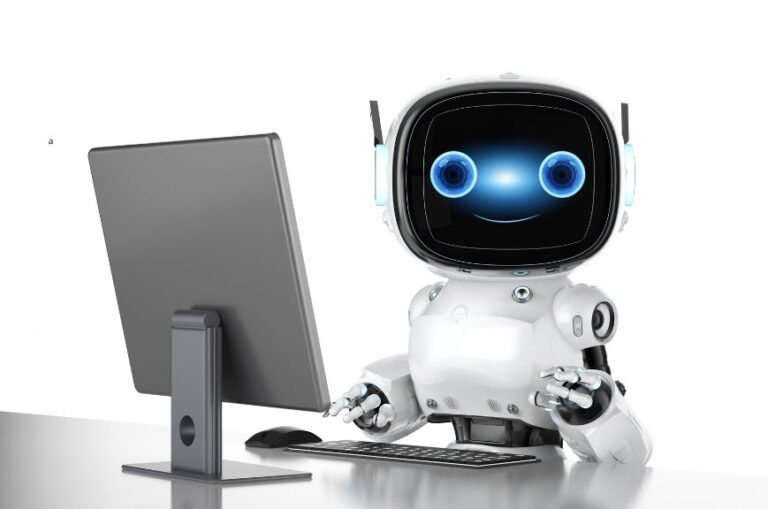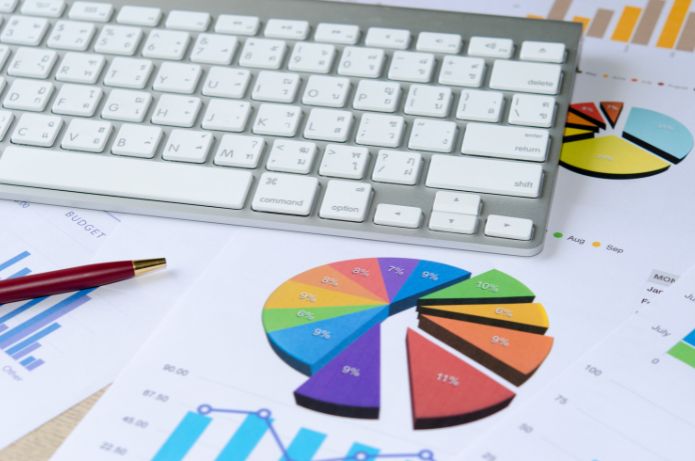The digital age has brought with it a revolution in the way brands communicate with their audience. Data from a recent Warc survey highlights that currently social networks are the largest channel of advertising investments, expected to surpass US$ 247.3 billion globally in 2024. This represents a growth of 14.3% compared to last year.
In addition, another study, this time from GWI, pointed out that the time spent on networks has increased by 50% in the last ten years.The average daily consumption would have jumped from 95 minutes in 2014, to 152 minutes in 2024. This means that the platform that connects Generation Y (the Millennials) with the Z and Alpha generations is no longer television, but the online experience of social networks.
Moreover, a few days after the first round of municipal elections throughout the country, the social, political and customs transformation due to the role of the “influencers” and the strength of social networks in the formation and consolidation of opinions with all audiences and ages, each with its personal “influencers network.
In turn, data from Merrill Lynch indicates that the largest wealth transfer in history is underway, being led by Generation Z and its successors, who will inherit more than US$ 84 trillion in assets. And what does all this data mean? To be direct: money has changed hands, society has changed the way of communicating, therefore, either you understand these changes and the yearnings of the new generations that have increasing purchasing power, or are doomed to failure in the medium term.
Already a few years ago (markedly after the pandemic), build a strong presence of brands is no longer a matter of “speak with the young audience” or “available SAC 3.0”, but a fundamental practice for the survival of the company. To make even clearer this need and this change, you know television, this that if you are over 30 years old, was the great companion of the family? Well, she has already begun her migration to social networks 3 and I am not wanting to say that she will have a profile on Facebook, but that television will go through her biggest change in history with the TV 3.
With TV 3.0, broadcasters will be able to offer different programs simultaneously to specific audiences, based on the profile of the viewer, which will be monitored in real time through algorithms. This suggests that TV 3.0 will have a level of customization that conventional TV does not have. Thus, turning on the TV will be like watching the feed of social networks.
In Brazil, with an eye on these trends and TV 3.0, Rede Globo is also innovating in the field of advertising. The company launched GloboAds, a platform that offers a variety of advertising solutions for brands.In addition, it also presented Binge Ads, new attractions in multiplatform programming and new FAST channels.
Allied to this change is the phenomenon of artificial intelligence, powered by Generative AI tools such as ChatGPT and Gemini. Meta, for example, has invested heavily & often less evidently to the general public (IA is a big audience. Recently, the company announced the international expansion of Meta AI, an AI assistant that allows users to access information in real time through Facebook, Instagram, WhatsApp and Messenger. In addition, Meta has launched AI Sandbox, a “area testing for advertisers to try new AI tools.And also made success in specialized media in recent days with its new augmented reality glasses and AI applied to Rayan-to-to-to-to-user
Meta is one of the iconic examples of XXI century companies that have embraced and led these social and market transformations, as well as on a larger or smaller scale all the “7 Magnificent” of the American NASDAq and its Chinese peers/competitors.
These AI initiatives are transforming the way brands interact with their consumers. Now brands can create personalized content, answer customer questions, and even predict market trends in real time.In this way, they can understand the needs and desires of their audience in ways that were previously impossible, and all this directly in the feed from social networks, where consumers interact using a multitude of personalities, which merge into the “I” of our physical-digital personas.
My final message is quite simple: it is no longer possible to separate real life from digital, because they are in symbiosis and integration increasingly full. With artificial intelligence no longer restricted to science fiction films and becoming a tool of everyday life, adapt quickly or prepare for irrelevance with customers. Welcome to the world of revolution 4.0.











